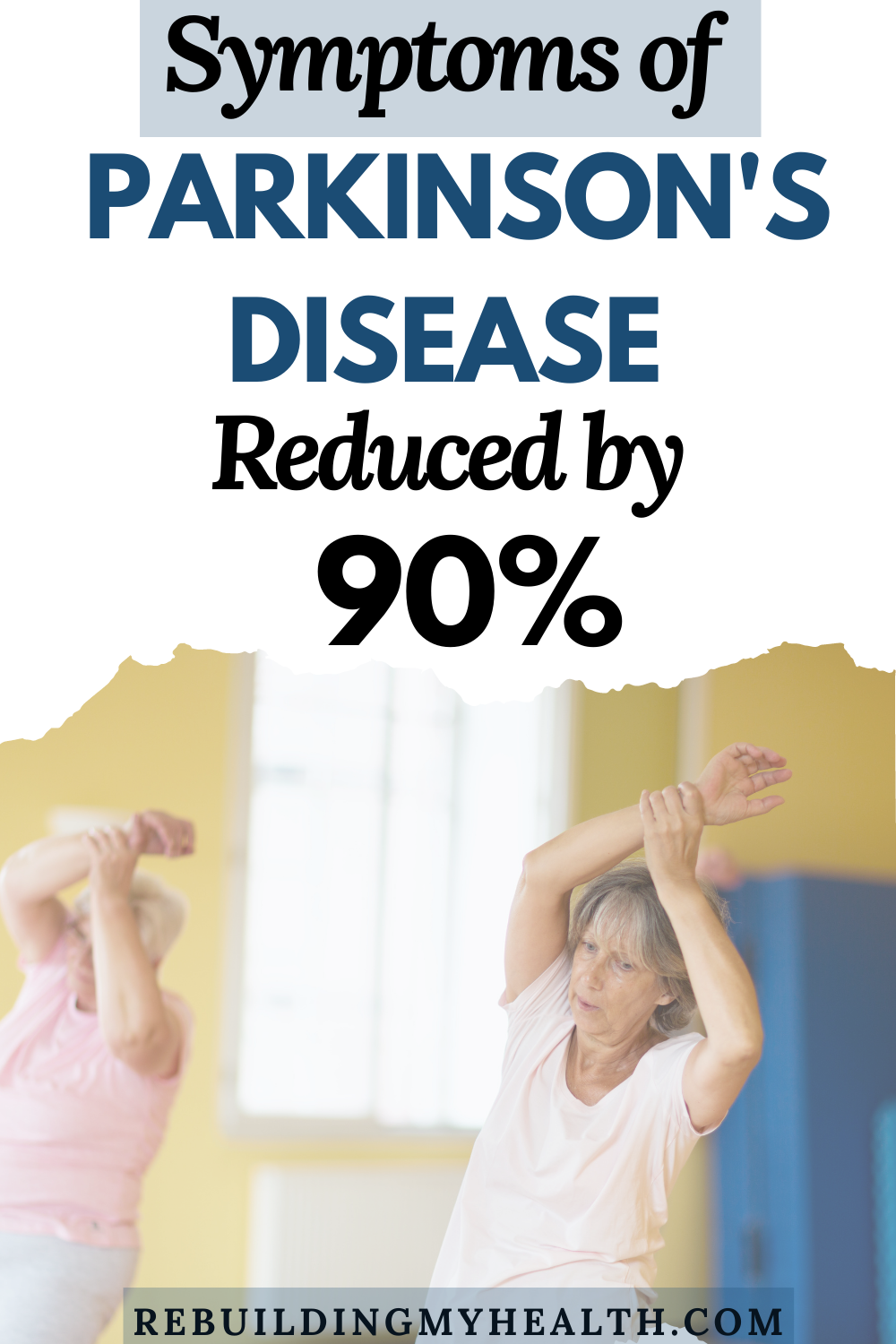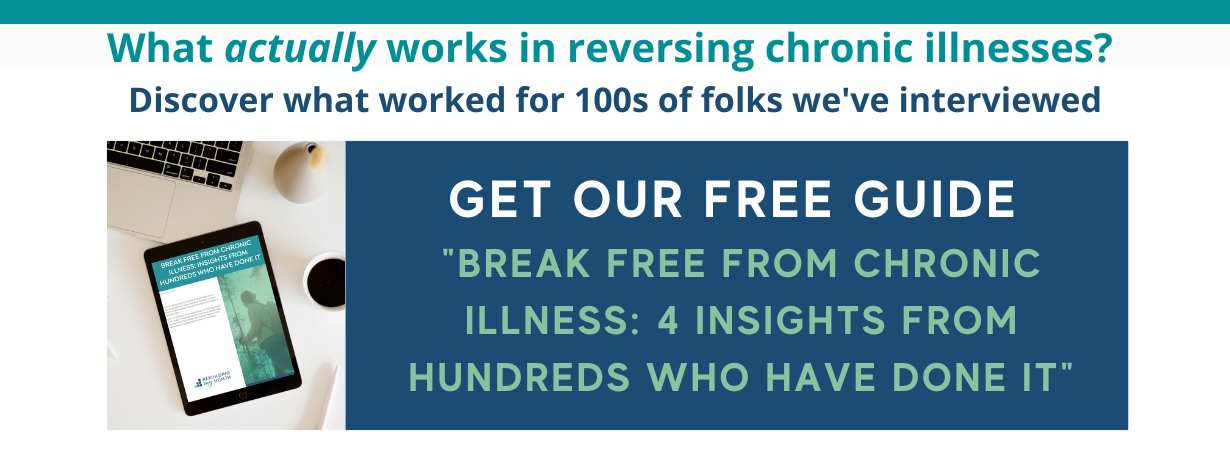Parkinson’s Disease Symptoms Down by 90% in Part with Stem-Cell Patches
“I’m so much better than I was two years ago. I’m like 90% back to where I was before.”
– Sandi
Sandi Bowman had always been exceptionally active. Early on, she was a competitive skater, then applied her copious energy and athletic talents to tennis, hiking, jogging and biking.
That made it all the more disheartening when her body started giving out around age 55. First, she lost her sense of smell on a major bike race around Lake Tahoe – and it never returned.
Then, her strength and endurance began deteriorating – beyond what seemed typical for aging.
“It was just diminishing a little bit at a time,” she recalls. “I knew something was wrong, but I had no idea what it was.”
Doctors suggested she take B vitamins, which didn’t make a difference.
Then, another blow. Two years ago, following surgery to replace her hip, she woke up unable to move her foot. She soon learned that a nerve had been damaged in surgery.
From that point forward, Sandi had what’s called drop foot, or difficulty lifting the front part of the foot. That left her walking with a cane and foot brace, and limited to Merrell zippered shoes.
But other symptoms made her doctors suspect something else: Parkinson’s disease.
“When I went in to have nerve testing on my foot, the doctor said, ‘You know, you look like you may have Parkinson’s and you may want to have it checked out.’ It was the way I was moving, my posture. I was curling forward, moving very slowly, not moving my hands and my arms when I walked. I could just feel something setting in.”
A Parkinson’s Disease Diagnosis
Seeing a neurologist, Sandi was surprised to learn that there’s no scientific test for Parkinson’s. Rather, they diagnose by symptoms.
“It’s just to see what your reflexes are and how you walk, your gait, how you hold your body, and then they can just pretty much tell when you have Parkinson’s,” she says.
Sandi’s symptoms, unfortunately, led to a Parkinson’s diagnosis on the spot. Understandably, she was in shock.
Parkinson’s disease is a neurodegenerative disorder that mainly affects dopamine-producing neurons in the brain. For Sandi, it feels like a disconnect between the brain and body, so that her body doesn’t move as expected.
“Your body is not getting the message,” she says. “Parkinson’s is like aging on steroids. When you get older, you do get stiff. Well, Parkinson’s is like multiplying that. You get really, really slow. Balance is compromised. It’s just like one thing after another. Your mind is working, but your body is not.”
Soon after diagnosis, Sandi began taking medication for Parkinson’s, Sinemet, plus supplements to support her body’s overall health. Doctors also recommended that she begin exercise specifically designed for Parkinson’s patients.
With medication and exercise, she gained about 50 percent of her mobility back. But another solution would get her most of the way back to her former self.
Back to 90%
At one point, Sandi’s neighbor mentioned that she had seen improvements in her multiple sclerosis symptoms by using stem-cell activating patches.
The X39 patches from Lifewave, which look like small, circular Band-Aids, stimulate the body’s own stem cells. In turn, they elevate a peptide called GHK-Cu, which has been linked to many biological functions: blood flow, nerve outgrowth, collagen production, tissue repair, DNA repair and anti-inflammation, to name a few. However, the peptide decreases by as much as 60 percent as we age.
The patches use the body’s heat to activate phototherapy, which stimulates the stem cells.
Though skeptical, Sandi decided to try the patches. She wore the X39 patch, Lifewave’s flagship product, for 12 hours a day.
Within a couple of weeks, she sensed subtle changes.
“My energy levels seemed to be picking up and I thought, ‘Well, that’s interesting.’ Then I noticed, I could bend down and pick things up and it not hurt.”
As she continued to wear the patches, her mobility improved steadily.
“I found myself walking down the stairs one evening and I wasn’t hanging onto the rail,” she says. “And I realized, I felt like I did years ago, you know, just walking down the stairs like a normal person.”
Her chiropractor noticed her improved flexibility, leading her to scale down from weekly and monthly visits. She also feels lighter, and can even jump up and down in exercise classes for up to a minute now – something that seemed impossible before
Her mind is clearer, less foggy. Her skin unexpectedly became softer and age spots started fading. And what had been a deep depression lifted.
When she looked in the mirror before, her eyes had been dark and shallow. With the patches, however, her eyes and mood brightened.
“The patches took me to a whole other level,” she says. “I’m so much better than I was two years ago. I’m like 90% back to where I was before.”
Sandi also noticed her drop foot improving – after being told it never would. After a couple of months on the patches, she could spread her toes out again. With continued use, she hopes to see even more regeneration.
With all this progress, she has since switched to walking with hiking poles instead of a cane on long walks.

The Hope – A Full Recovery from Parkinson’s
Now, four months into wearing the patches, she recently added the Lifewave glutathione patch, so she now wears two patches at once.
Studies have indicated that environmental toxins may be linked to the development of Parkinson’s disease. That’s why Sandi chose the glutathione patch, which helps the body’s detox pathway.
She also switched to organic food and wine to lesson the toxic load in her body.
Over time she anticipates that the patches will continue helping her heal. As they do, she hopes to reduce the number of supplements she takes.
Along with medication, exercise and supplements, Sandi mentions that she started a support group of others with Parkinson’s. Regular calls have made a huge difference in her mood.
With all that, she’s hopeful that she’ll get back to 100 percent.
“You didn’t see me two years ago,” she says. “You would be very surprised compared to how I am right now. My friends are just blown away with how I’ve recovered.”
“I didn’t know you could actually get better with Parkinson’s,” she says. “I’m living proof that someone can get better. You can get your life back.”
If you liked this story, you might enjoy: The Anti-Aging, Injury-Healing Gains Seen from Stem-Cell Patches.
The information on this site is for educational and inspirational purposes only and is not intended to replace the advice of qualified professionals. Keep in mind that what works for one person may not work for another. Always consult your healthcare practitioners before beginning new approaches or treatments. Some links on Rebuilding My Health may be affiliate links. This means that we may receive a commission - with no additional cost to you - if you make any purchases using those affiliate links. Rebuilding My Health is a participant in the Amazon Services LLC Associates Program. Learn more.


